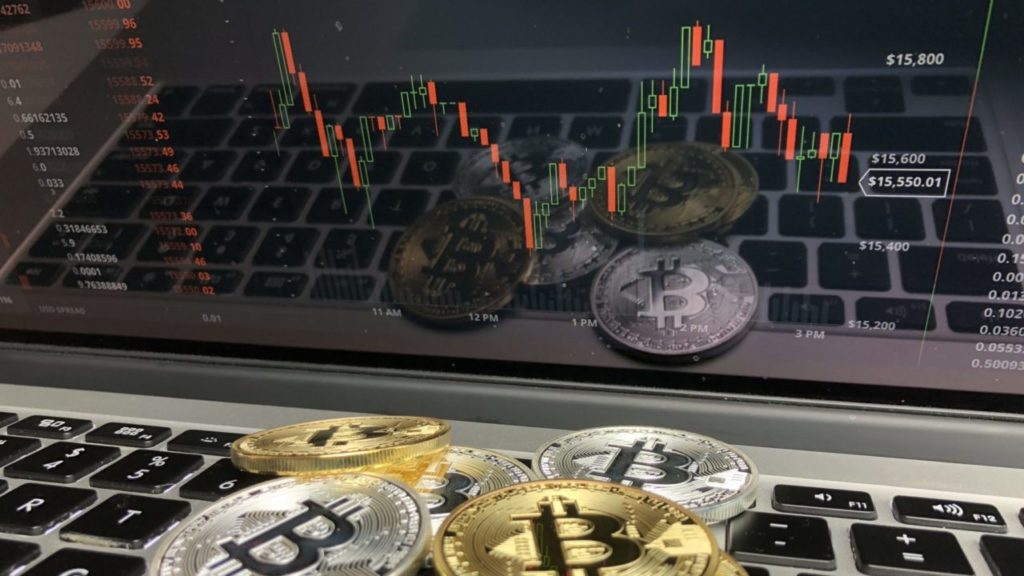What is GDP?
If you ask a macro economist this question, their answer will probably be something along the lines of “A pretty bad way to measure an economy.”
For better or worse, GDP (gross domestic product) has become the main indicator of economic size and growth.
There are four inputs that make up GDP: Consumption, Investment, Government Expenditures, and Net Exports.
Consumption
Consumption is defined as all goods purchased for end use. That includes any item that ends up in your house is in this category, from your TV to your Snuggie to your dog.
By increasing the amount of goods consumed by a population with in a nation, GDP is increased. This is why the economic stimulus packages under former presidents Bush and Obama were implemented. The economic stimulus was supposed to increase economic growth by spurring consumption.
Since consumption is directly related to GDP, it is a logical assumption to assume that increasing consumption would cause economic growth.
This is how Keynesian economists view economic growth, the product of consumption. Classical economics view economic growth as a function of investment (more on that shortly).
Consumption and its impact on GDP become harder to define in the ultra-globalized world we live in. If the products being consumed are made in a different economy, then their benefits to the economy they are being purchased in are far lower than if they were made in the same economy they were consumed.
Investment
Investment is a broad category that includes everything from saving accounts to stocks to venture capital. The simplest way to think of the investment portion of GDP is to include anything with an interest rate.
Economics is both an art and a science – a dismal science. Every economist has a different view on everything.
There is one thing that virtually all economist agree on: excluding the habitually contrarian, Solow Growth.
If you have read any of my previous articles, you’ll know my obsession with the Solow Growth model. The product of Nobel Laureate Robert Solow, the model breaks down to a simple concept: an economy must accumulate capital faster than it loses capital to grow. In this case, capital and investment are one in the same.
Even Keynesian economists, who believe consumption drives economic growth, believe this postulate to be true.
The more capital in an economy the more production, and the more production the higher the GDP. The investment cycle lays this concept out in a clean manner. The more money in saving accounts, the higher the supply of funds available to be loaned out. The more funds that can be loaned out correlates to a lower cost of borrowing (interest rate on loans), which incentivizes businesses to borrow money to expand. This drives increase production, since the businesses are now larger and/or new businesses are emerging. Increased production increases GDP.
This cycle is why the Federal Reserve reduces interest rates to avoid, or recover, from economic contractions. Though, artificially suppressed interest rates for too long can spur consumption instead of investment.
Government Expenditures
The U.S. government is the single largest consumer in the country.
Government expenditures can be thought of as taxes. An individual in an economy can only consume their after-tax income, the difference between gross pay and take home pay has to be accounted for in GDP. This is why we find withholdings in paychecks, sales tax revenue, importing surcharges (tariffs), and any other revenue generating tool any level of government uses.
Some may say this aspect of GDP is a wash or even negative because the private sector would generate a better return than the public sector, and of course the government can only spend what it takes from its citizens. Though there is an often overlooked and misunderstood aspect of government expenditures; merit goods.
Merit Goods are products that we need yet have no desire to purchase or cannot consume individually in a reasonable manner. The best examples of these are roads and national defense. An individual cannot purchase national defense nor can they consume a highway, yet both of these are needed for economic growth.
Post-WW2 Japan’s economy grew so fast because of the military umbrella that the United States provided, with the U.S. picking up the tab, Japan was able to divert resources to becoming the technology powerhouse of the world. Many economists consider the Interstate Highway Act under Eisenhower as one of the best economic decisions ever made.
While it is a bad sign to see government expenditures as the leader among the four inputs to GDP, it would naïve to believe government expenditures being zero percent would be good for the economy.
Net Exports
One of the, until recently, least mentioned aspect of GDP was net export. Net exports are just the total value of good exported minus the total value of goods imported.
If this number is negative, which it is for the United States, then an economy is said to have a trade deficit. In other words, money is flowing out of the country.
How big of a deal is a trade deficit? It depends on the economy as a whole.
If an economy’s GDP is primarily government expenditures and it is running a trade deficit that is a really bad scenario, this means the economy is under heavy taxes and the money is flowing out of the economy, both awful constraints on business.
If an economy has strong consumption and investment, like the U.S., then a trade deficit should be expected and is the sign of a wealthy nation. Additionally, there is a pragmatic reason the U.S. has a trade deficit. The U.S. is the largest economy on earth, there is simply too much demand in the U.S. economy to expect that the economy would be able to satisfy all demand in its own economy and then fill demand in other nations. Money flows from rich nations to poor nations through trade; if you are the richest nation, then there is no one above you for money fall from.
BONUS: Remittance
Remittance is money being sent directly from individuals in one country to an individual in another country for the purpose of the receiver to consume.
While you won’t find remittance list as one of the traditional inputs for GDP, it is an important aspect to consider. It has what could be considered a ghost component to GDP.
If a worker receives their paycheck and then sends half the take home pay to their family in a different nation where it is consumed, then consumption is decreased in the sender’s nation and nation of the receiver sees an increase in consumption. Some nations rely heavily on remittance, 21 percent of Haiti’s GDP is remittance.
MORE FINANCE ARTICLES ON CAPITALISM.COM:
• Why Our Economy Needs ‘Decomposer’ Capitalists: Investing in Non-Performing Assets
• 4 Advantages of Investing Outside of Your Business







